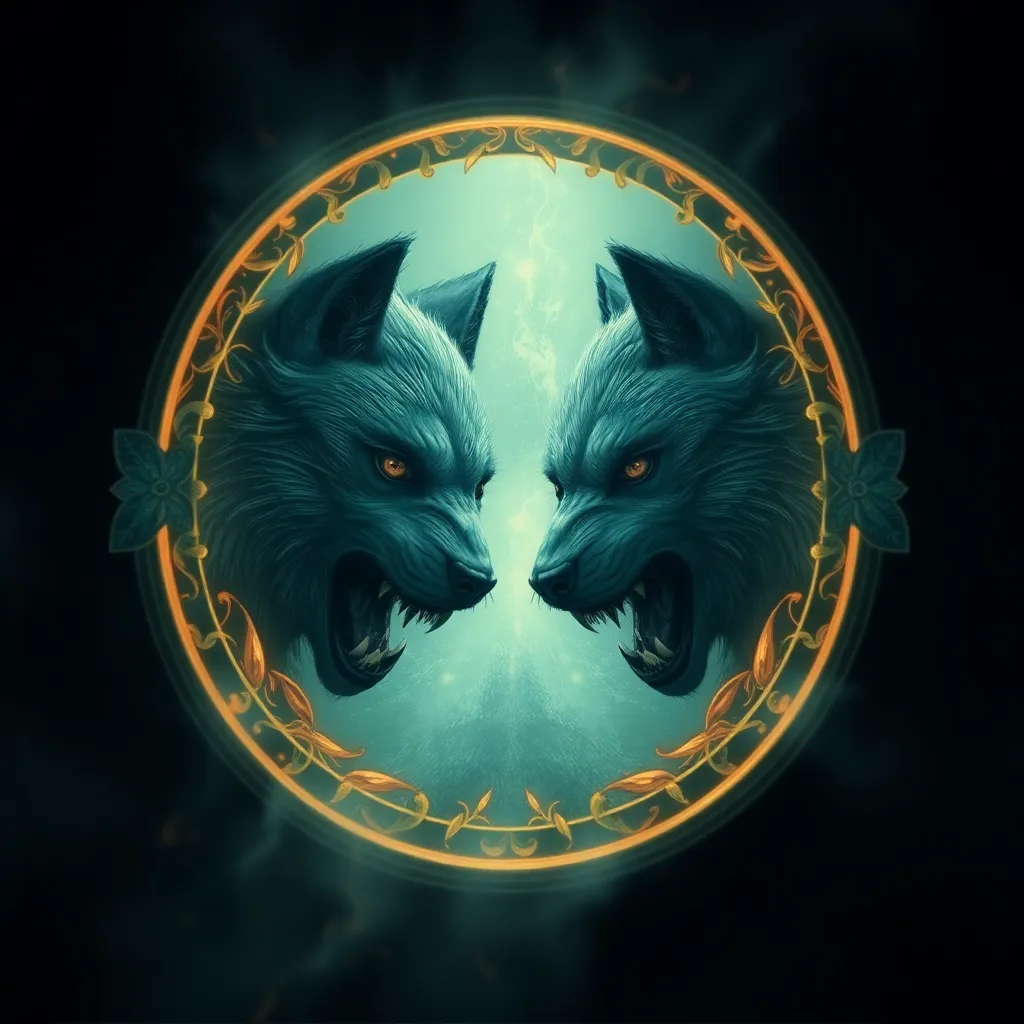The Kelpie’s Future: Examining the Potential for the Myth to Continue Evolving
I. Introduction
The Kelpie is a fascinating creature from Scottish folklore, known for its shape-shifting abilities and its connection to water bodies. Traditionally depicted as a horse, the Kelpie lures unsuspecting victims to their doom, embodying the dangers associated with water. Its origins can be traced back to ancient Celtic mythology, where it served as a cautionary tale for those who underestimated the power of nature.
Exploring the evolution of folklore is crucial as it reflects cultural shifts, societal values, and environmental changes. Myths like the Kelpie not only entertain but also provide insight into historical perspectives and moral teachings. This article aims to examine how the Kelpie myth has evolved over time and consider its potential for future transformation in modern society.
II. The Kelpie in Historical Context
Historically, the Kelpie is depicted in various ways within Scottish folklore:
- Traditional depictions: Often portrayed as a beautiful horse that appears near lochs or rivers, the Kelpie is said to lure people onto its back before plunging into the water.
- Symbolism: The Kelpie represents the dual nature of water—its beauty and its peril. It serves as a reminder of the respect one must have for the natural world.
- Role in communities: The Kelpie was a central figure in storytelling, used by parents to instill caution in children regarding the dangers of water.
III. Modern Interpretations of the Kelpie
In contemporary culture, the Kelpie has been reimagined in various forms:
- Literature and media: Authors and filmmakers have drawn inspiration from the Kelpie, incorporating it into modern narratives that explore themes of mystery, danger, and allure.
- Contemporary art: Artists have created visual representations of the Kelpie that reflect current societal issues, such as climate change and the impact of urbanization on natural landscapes.
- New narratives: The Kelpie is increasingly portrayed as a complex character, sometimes embodying themes of resilience and transformation rather than merely serving as a cautionary figure.
IV. The Kelpie in Popular Culture
The Kelpie’s presence in popular culture has surged, leading to a broader recognition of this mythical being:
- Modern entertainment: Movies, television series, and literature have introduced the Kelpie to new audiences, often blending traditional elements with modern storytelling techniques.
- Social media: Platforms like Instagram and TikTok have allowed folklore enthusiasts to share stories, artwork, and interpretations of the Kelpie, thus revitalizing interest in this myth.
- Public perception: Popular culture shapes how the Kelpie is understood, transitioning from a purely ominous figure to one that can be celebrated and explored in more diverse contexts.
V. The Impact of Environmental Changes on Kelpie Lore
The connection between the Kelpie and water bodies in Scotland is profound, raising questions about how environmental changes may affect its lore:
- Water bodies: The Kelpie is intrinsically linked to lochs and rivers, often seen as guardians or spirits of these waters.
- Climate change: As climate change alters landscapes and water levels, the narratives surrounding the Kelpie may adapt to reflect new ecological realities.
- Shifts in narrative: Stories may evolve to include themes of environmental stewardship, emphasizing the importance of protecting water bodies and their associated myths.
VI. The Role of Technology in Myth Evolution
Technology plays a significant role in the evolution of folklore, including the Kelpie myth:
- Digital storytelling: Online platforms allow for innovative retellings of the Kelpie story, reaching global audiences and encouraging collaborative storytelling.
- Virtual reality: Interactive experiences enable participants to engage with the Kelpie lore in immersive ways, enhancing understanding and appreciation of the myth.
- Gaming culture: Video games often incorporate mythological elements, with the Kelpie serving as a character or theme, thus introducing it to a younger generation.
VII. Community Engagement and Preservation of the Kelpie Myth
Preserving the Kelpie myth involves active community engagement and education:
- Grassroots efforts: Local communities are working to keep the story of the Kelpie alive through storytelling events, workshops, and cultural exhibitions.
- Educational programs: Schools and organizations are incorporating folklore studies into their curriculum, fostering a deeper understanding of myths like the Kelpie.
- Community shaping: The future of the Kelpie myth depends on local involvement, ensuring that it remains relevant and resonates with new generations.
VIII. Conclusion
The Kelpie’s significance in Scottish folklore and its potential for evolution are evident. As society changes, so too can the narratives surrounding this mythical creature, adapting to reflect contemporary values and concerns. The enduring nature of mythology in modern society underscores the importance of engaging with these tales, not only for entertainment but also for cultural preservation.
This article serves as a call to action for readers to explore and engage with folklore, particularly the stories of the Kelpie. By participating in the preservation and evolution of such myths, we contribute to the rich tapestry of cultural heritage that defines our shared human experience.



